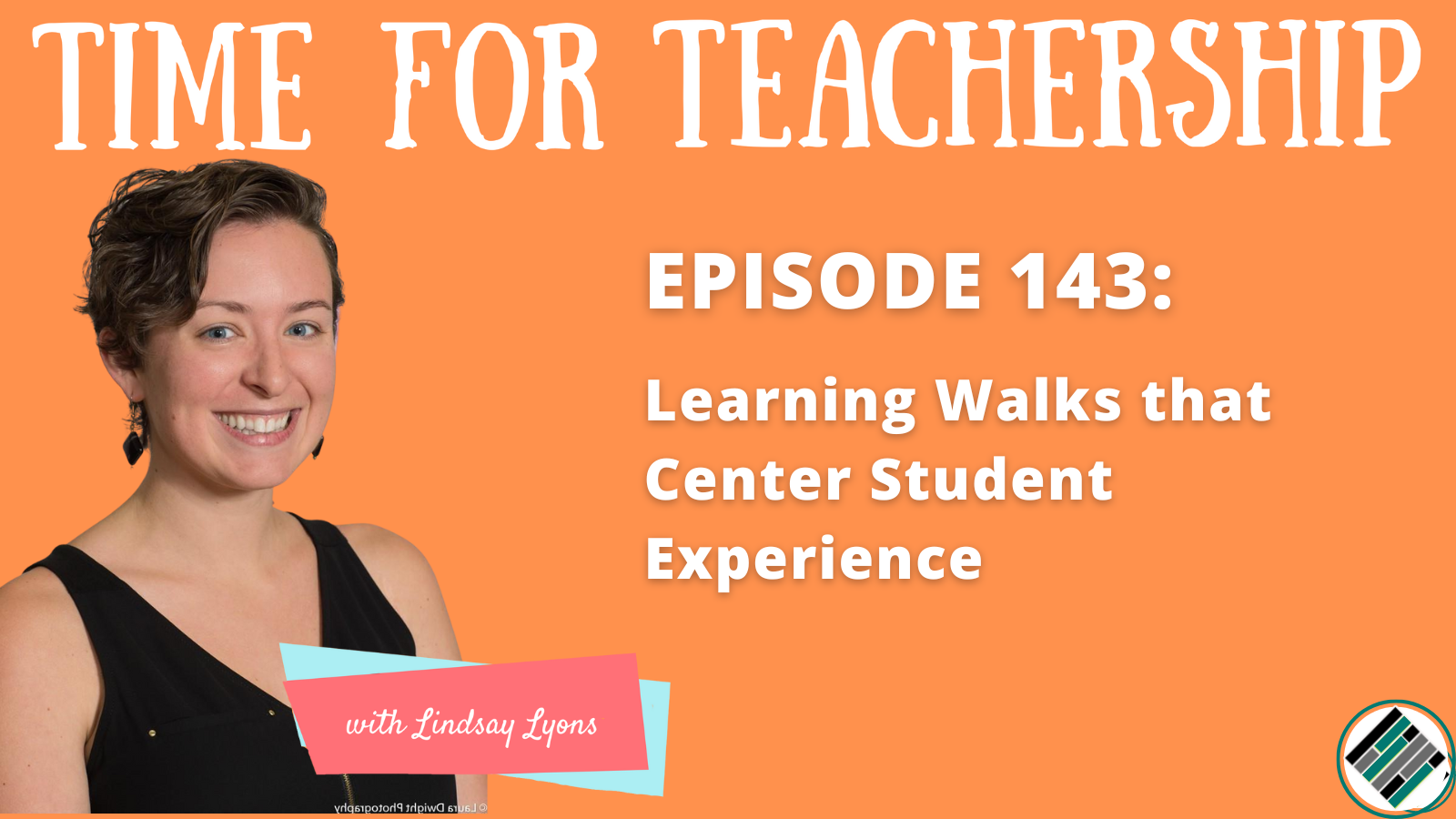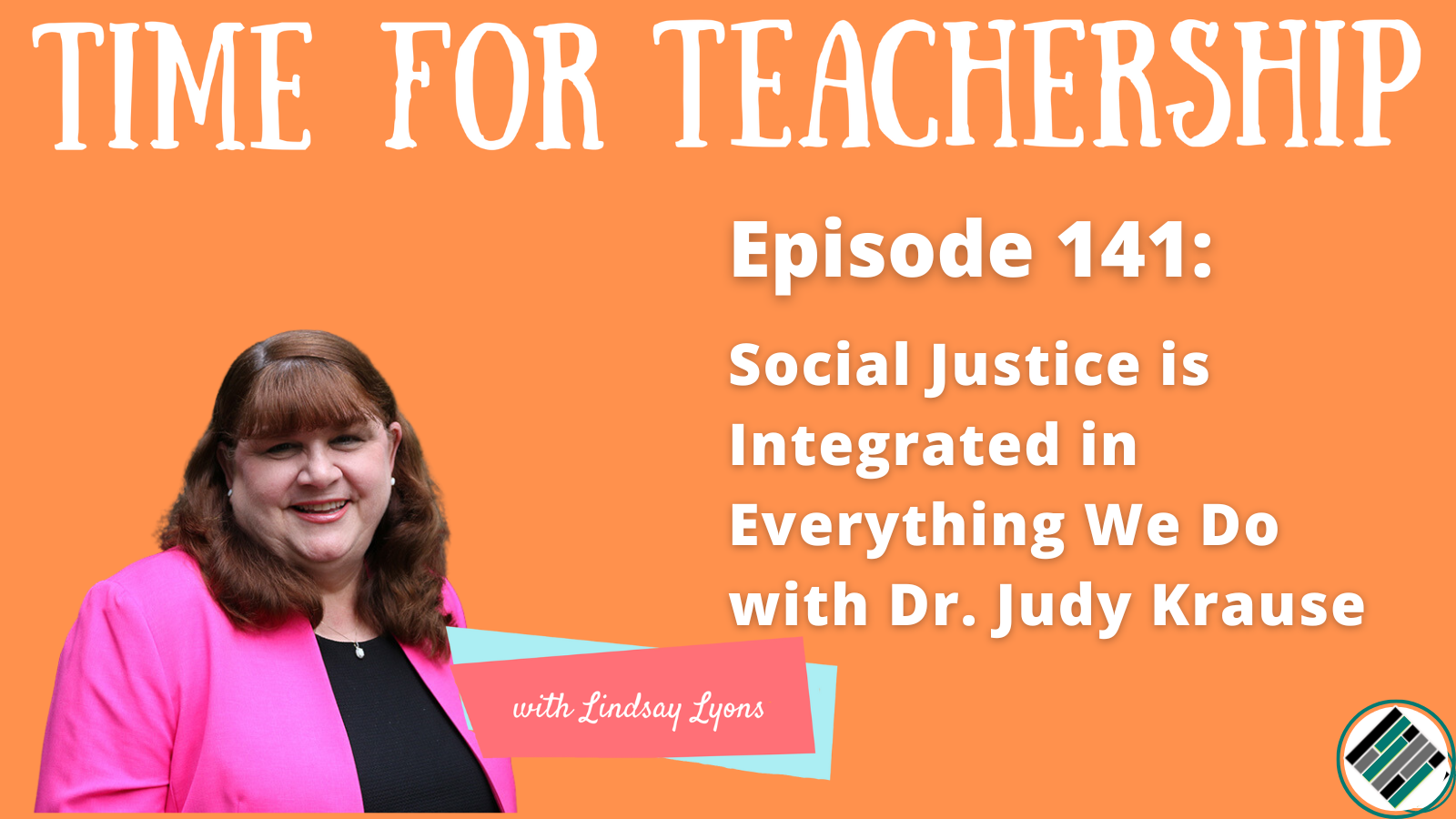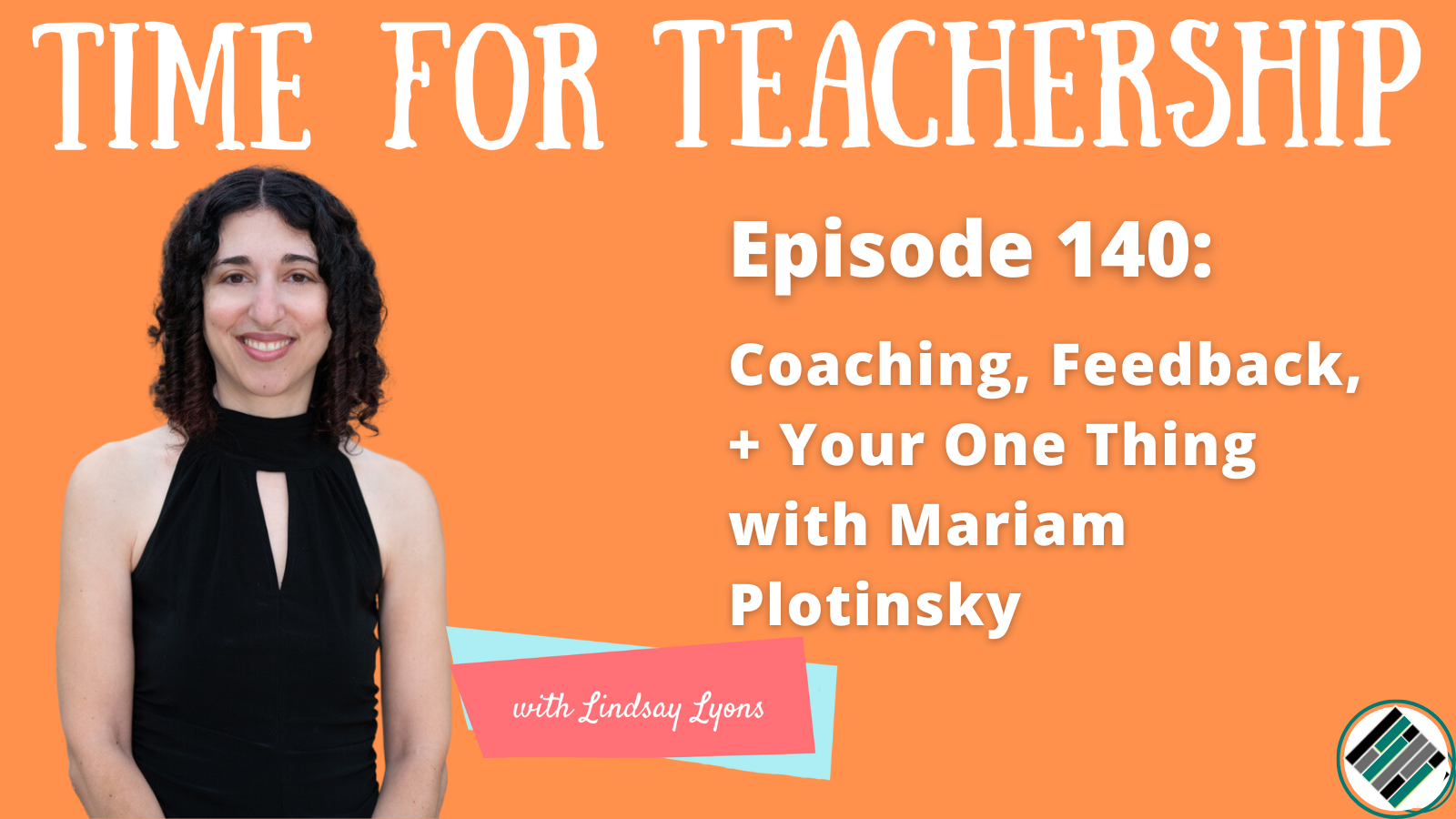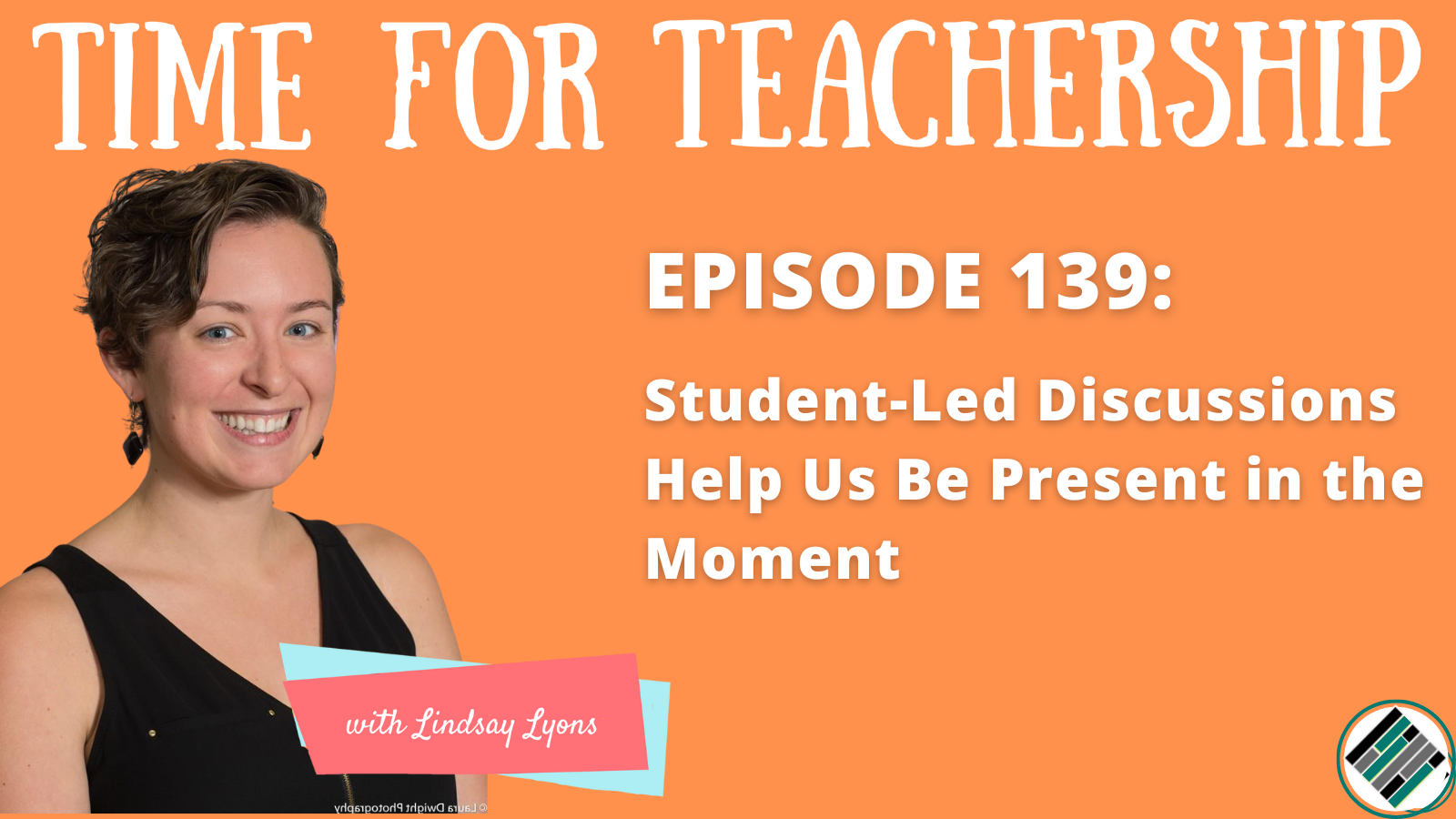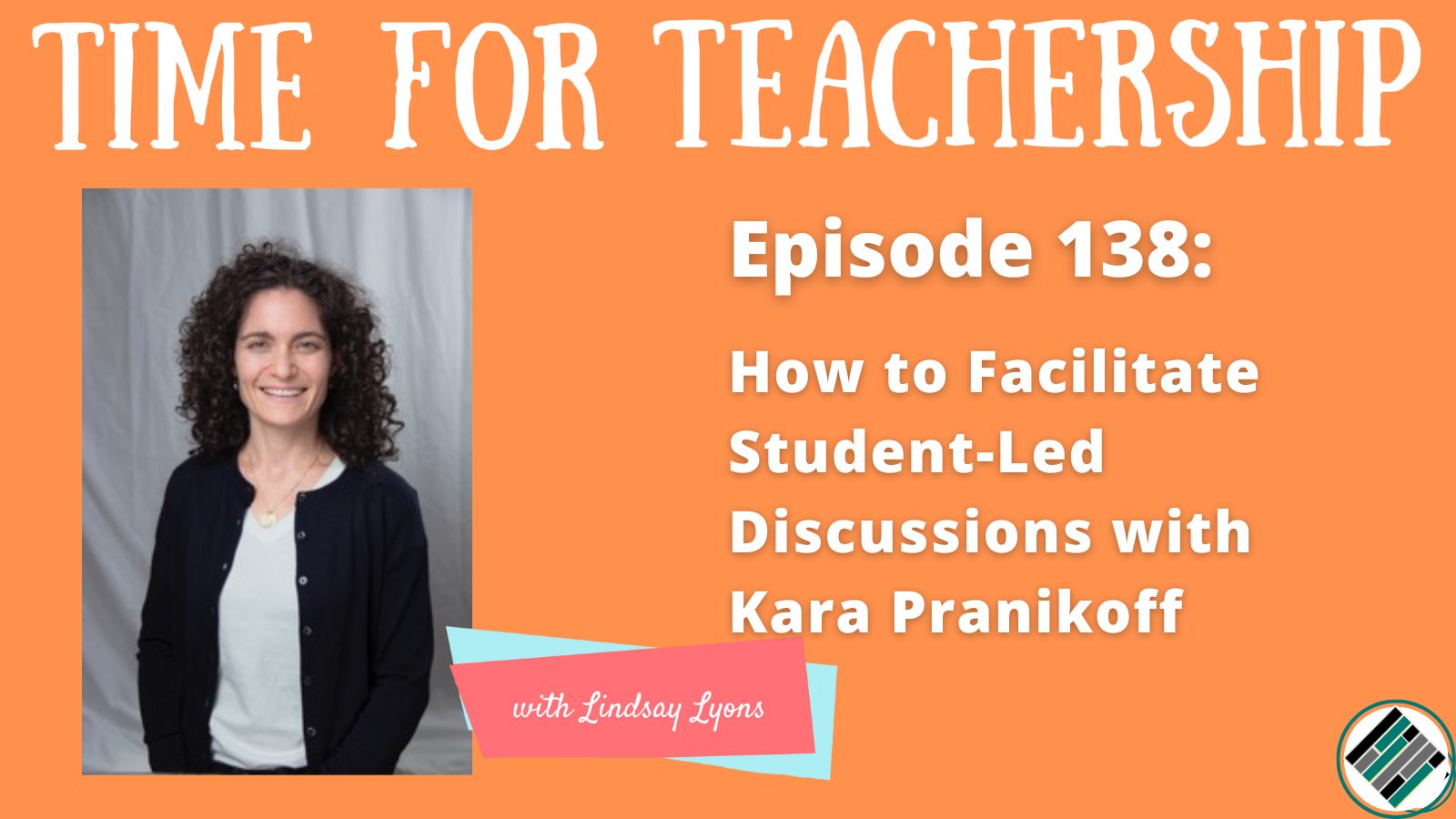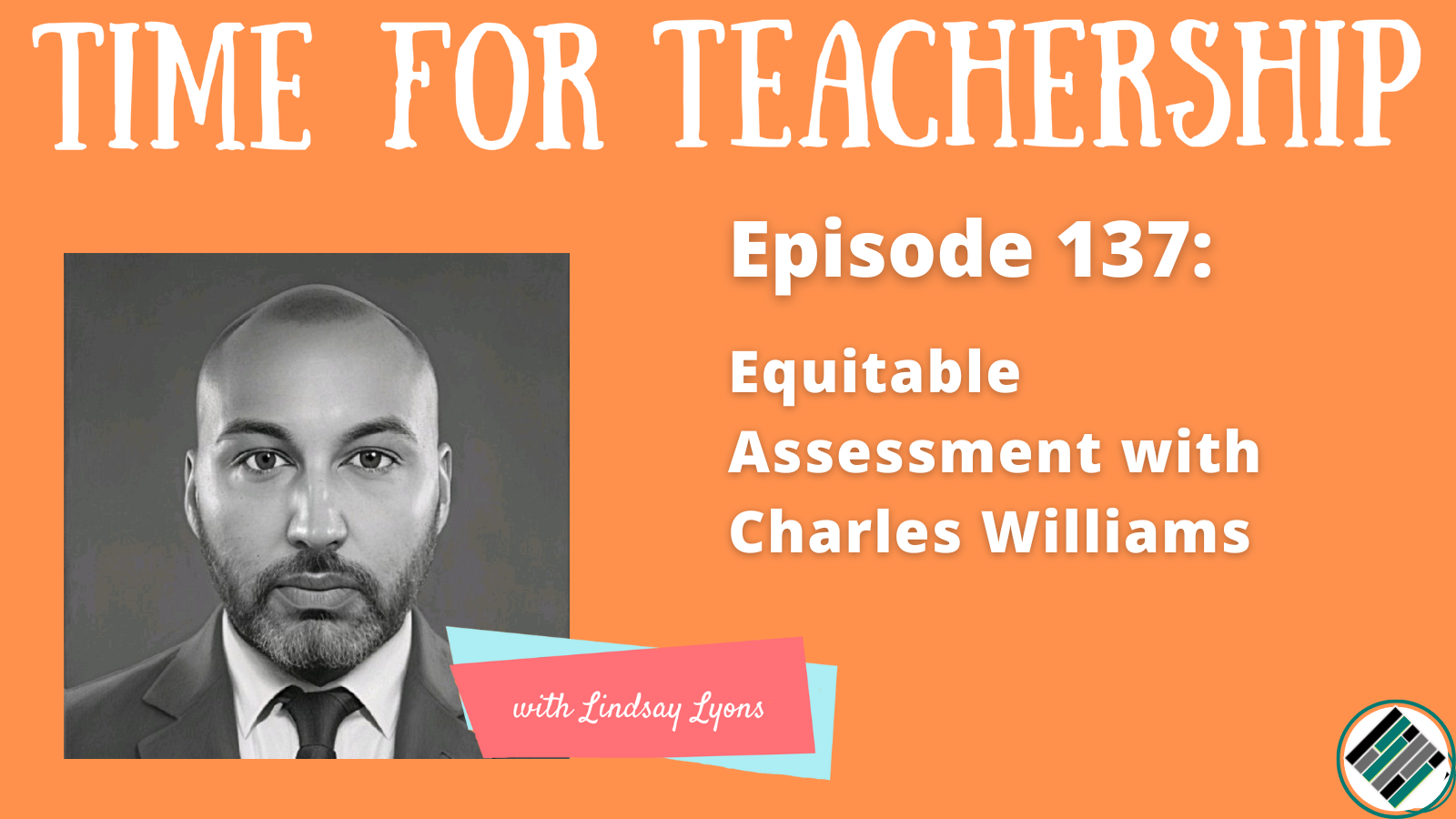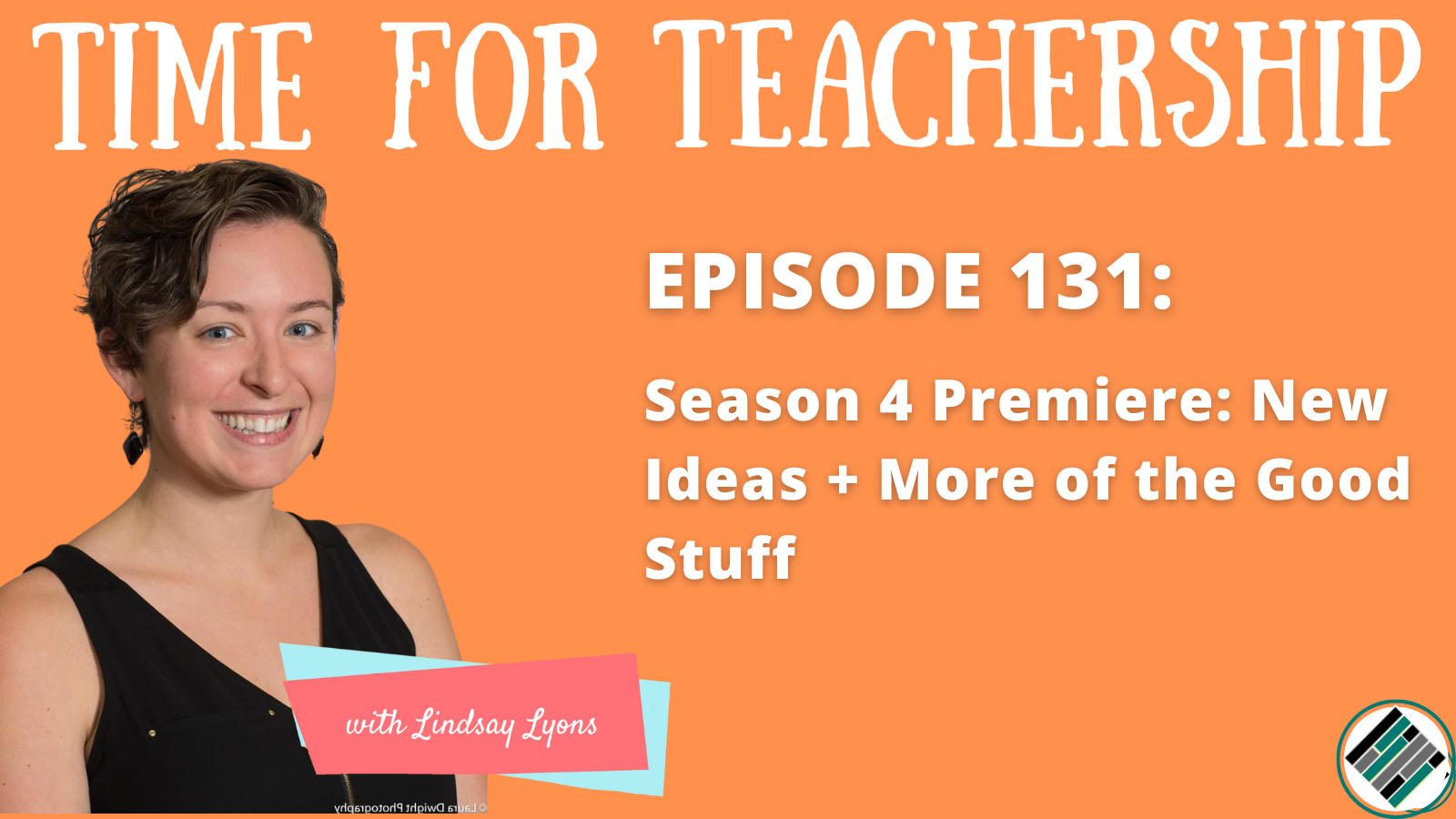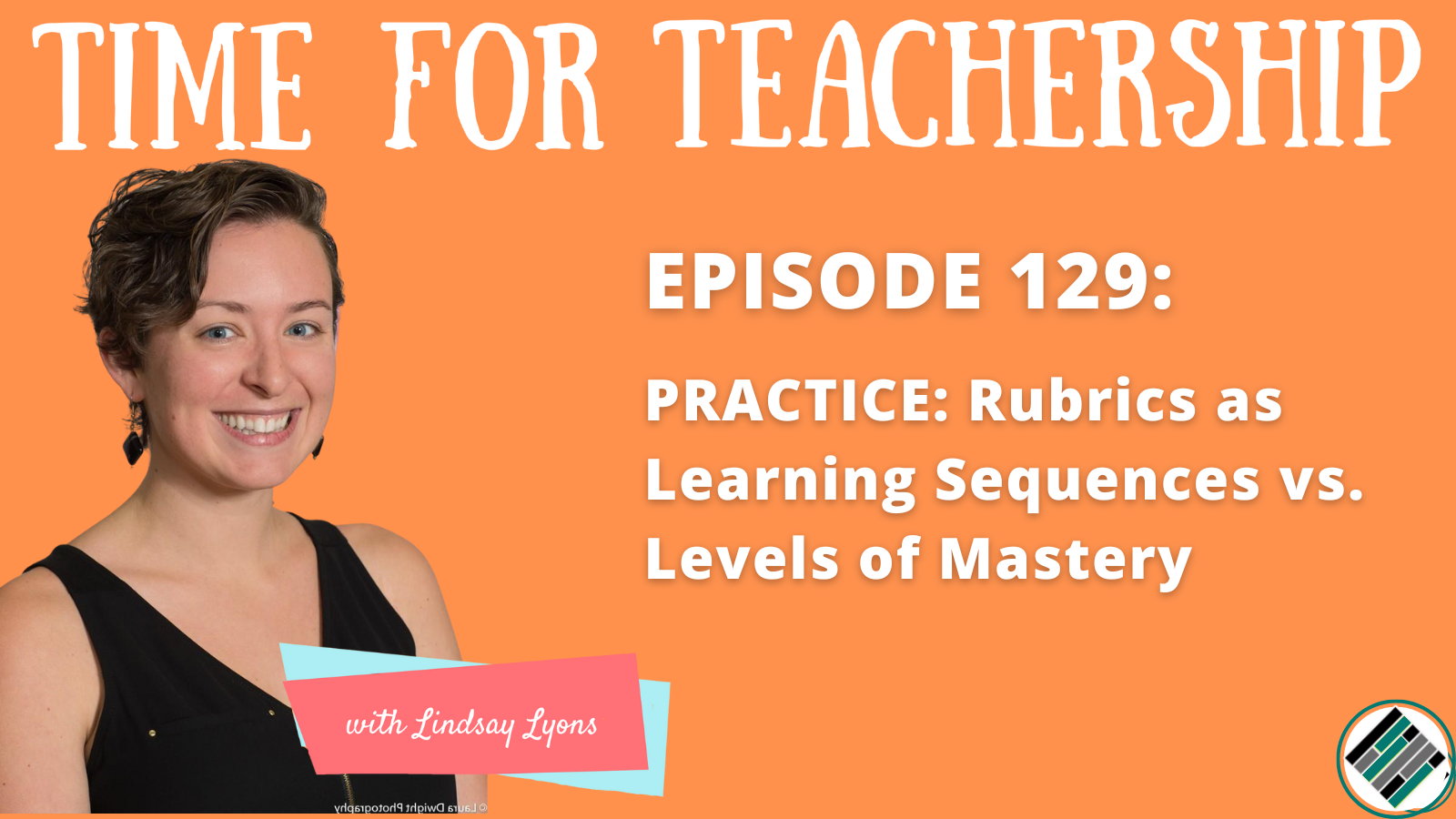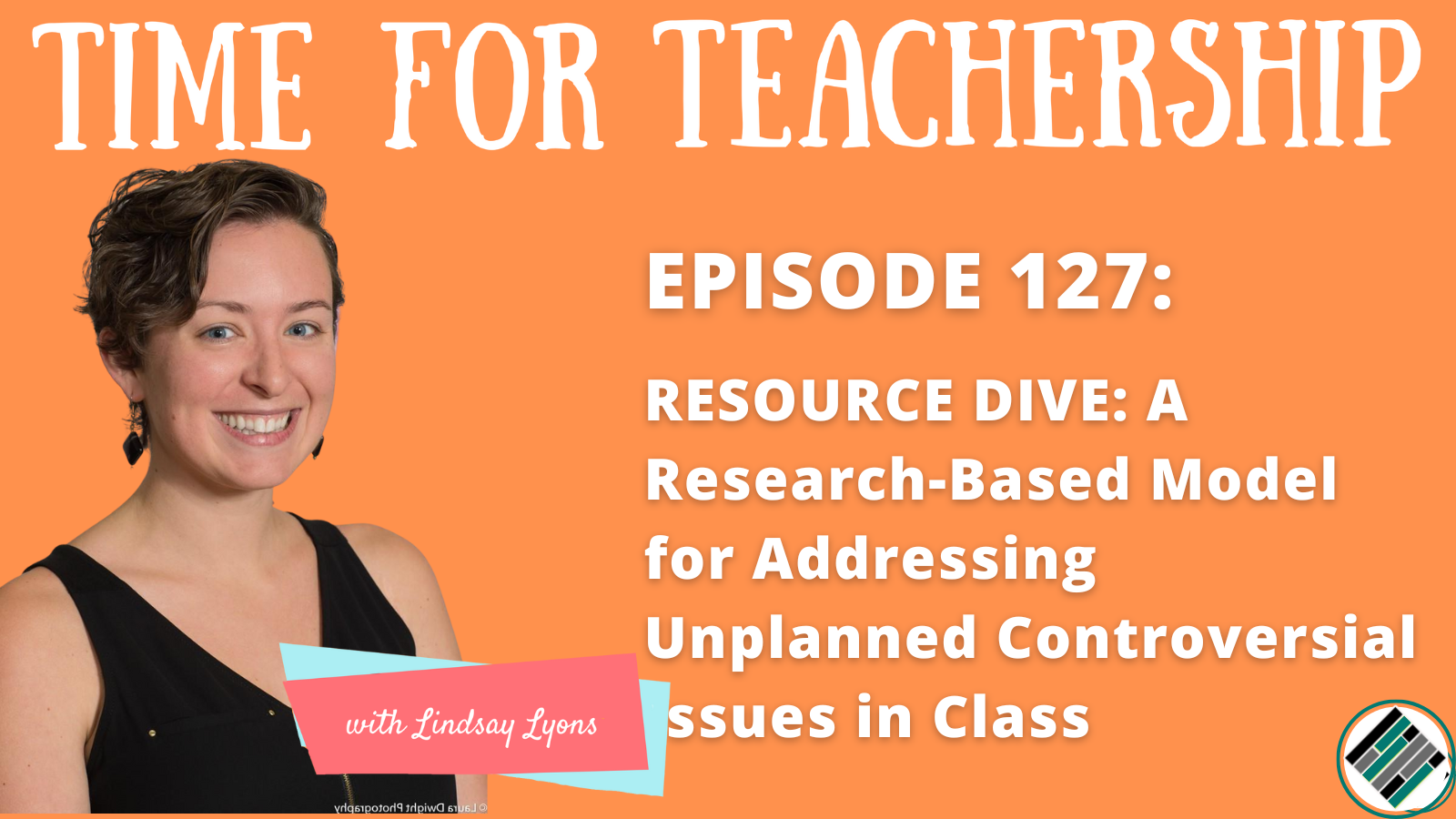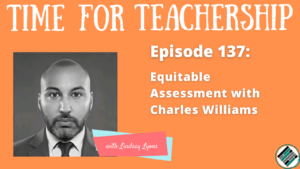
In this podcast episode, Charles Williams dives into a comprehensive discussion on rethinking education. We explore the importance of equitable assessments in classrooms and critique the traditional approach to grading and feedback. Charles emphasizes the significance of providing feedback that doesn’t contribute to the overall grade, promoting a safe learning environment free from the fear of failure.
Charles Williams has served as an educator for nearly 20 years as a teacher, an assistant principal, and a principal for students in grades K-12. He also serves as an equity advocate with the Equity Offices of the City of Chicago and the Chicago Public Schools. In this episode we explore the power of equitable assessments, honest feedback, and challenging traditional grading systems. And we keep it “sugar free.”
The Big Dream
Open-mindedness (not having sugar-coated conversations) and understanding the purpose of grading and assessments and feedback. Specifically, grading is equitable and feedback is continuous, authentic, and meaningful.
Alignment to the 4 Stages: Mindset, Pedagogy, Assessment, and Content
Charles emphasizes the need for an open-mindedness in the teaching community, a shift away from averaging grades, and a focus on ungraded formative assessments.
He offers this metaphor: “I think about sports. When I go out and I practice, there’s no points for that. I’m not getting any stats right…For football, for example…That happens Friday night. You know, nothing else counts. The tackles I had during practice, the yardage that I ran, the touchdowns that I threw. None of that matters Monday through Thursday. Until Friday night, and those lights come on. Now it counts. So why do we struggle so much with it when it comes to academics? It’s that same concept. When it’s game time, now it counts.”
The content, he believes, should be driven by the students’ learning journey, not by an overall grade. Each student can have, in essence, their own IEP.
He explains, “there’s no one way…but I think it’s stepping back and looking at: What do my students need and what is a practical way for me to develop or introduce that, to provide that? You know it’s not the convenient thing, right, but it’s also on the other end…not just saying..I’m gonna create a lesson for every single student. That’s not feasible. But falling in that middle is what do they need and what can I actually provide? And in recognizing that, sometimes I gotta take my hands off and let them go, which, again, as I said earlier, I think is a scary thing for a lot of educators.”
Mindset Shifts Required
We can question the convenience of traditional grading systems, see beyond the transactional experience of grades, and help students embrace a learning journey that is not motivated by fear of failure.
Action Steps
What could it look like to start building the foundation for a shift to equitable grading in your school or district?
Step 1: Start by reading Grading for Equity, a book that provides a comprehensive understanding of equitable grading systems. Charles says it’s crucial to read it in its entirety to grasp the complete concept and its implementation.
Step 2: After gaining insight from the book, initiate conversations within your teaching community about these concepts. Understand the potential obstacles and discuss how to overcome them.
Step 3: Test out these concepts in an elective class or subject. Learn from the implementation, make necessary adjustments, and then scale it up to core subjects.
Challenges?
Challenge: The non-zero policy.
Response: ask: Is it actually equitable? Are we setting up students with unrealistic expectations?
Charles explains, “You’re receiving half credit for doing nothing…and…learning how to game that system, because that’s essentially what we’re teaching students: How do I game the system so I can do as little as possible and get a grade? Because, again, we’re still in this transactional experience…Instead of focusing on that mindset shift of ‘Why am I in school?’ and shifting that over to the process of learning as opposed to that transactional experience.”
Challenge: Stopping short of the depth of the concept (e.g., thinking equitable grading will help Black and Brown students at the expense of white students).
Response: “That’s not the whole concept…It’s about understanding that sometimes students don’t have resources or the supports at home that other students have…but again…If we’re not averaging it, it doesn’t matter, because all that homework should do is provide an opportunity to learn and to practice a skill.”
One Step to Get Started
Familiarize yourself with the concept of equitable grading systems. Reading Grading for Equity is a great way to start.
As often as you can, step back and ask; “Why are we doing this? Does it make sense? Is is it what’s best for students?”
Stay Connected
You can find Charles on his website and on Twitter @_cwconsulting. I also recommend his podcast, The Counter Narrative Podcast.
To help you implement some of the ideas Charles shared, I’m sharing my Diagnosing Adaptive Challenges Mini Workbook with you for free. And, if you’re looking for more details on the ideas in this blog post, listen to episode 137 of the Time for Teachership podcast. If you’re unable to listen or you prefer to read the full episode, you can find the transcript here.
Quotes:
- “When we talk about, like, averaging grades, now you’re punishing me because I didn’t get it as quickly….we punish a natural part of the process that we’re supposed to be doing, and so because we punish it…either I’m not going to tell you that I’m struggling and therefore I’m not going to actually understand it, or I’m going to engage in other types of behaviors, so that way you don’t see that I’m struggling.”
- “The automatic generated multiple choice, right?…Everybody take this because it’s easier for me. And now, with AI or these programs, I don’t even have to grade it…yeah, that’s really easy and convenient, but is it what’s best for our students? And I think that’s that question that we always have to ask ourselves: “Is it what’s best for our students?”
- “Are we doing things that are convenient for us at the expense of our students?”
- “I had students in a computer IT program…who was like, not going to class, not doing anything. When he was in class I said come on, do me a favor, just sit down and do one of the modules, demonstrate to me that you can, cause I think once you get going it’ll be a lot easier. So this student…wanted to prove to me how wrong I was, didn’t just do a module. He went to the very, very end of the entire unit, took the certificate, which is that accumulation of everything, knocked out the certificate and then looked at me and was like, ‘Now what?’…this student, he had already acquired that…information. So in his I’m not going to class, I’m gonna sit in here and do nothing, wasn’t necessarily an act of, I guess, negligence or pushback, disrespect, whatever it may be. He was trying to communicate in his own way. ‘This isn’t necessary, that’s not relevant to me.’”
- “There are plenty of schools and districts doing this work…this work is happening. So, instead of you trying to recreate the wheel and starting from scratch and trying to figure, like, go visit those schools or have conversations with the individuals in those schools, talk about their journey, figure out what it was that they did, and think again, ‘How might this look in my own space? How might this look in my own building?’”
- “We keep trying to tweak the system…[it doesn’t] matter—those small tweaks—if at the end it’s resulting in the same thing where…it does nobody any good.”

